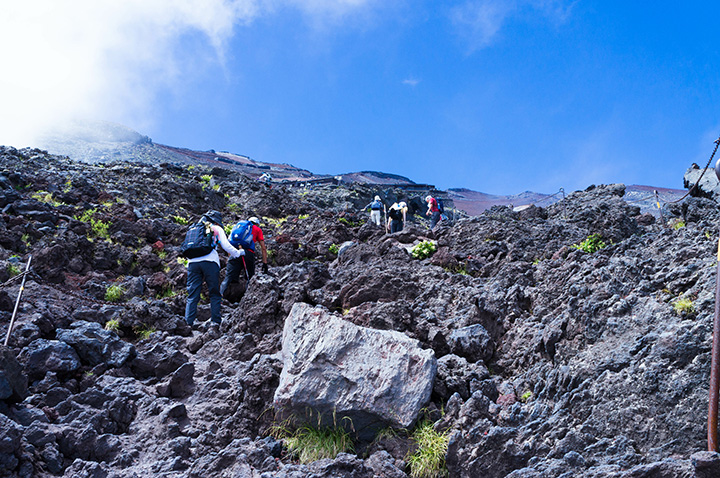
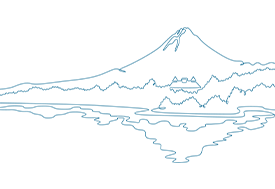
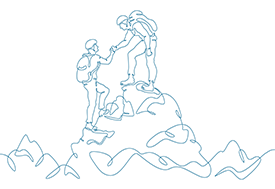
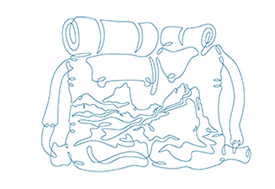



[Departure: August 18, 2025]
Mt. Fuji climbing guided tour, 2 days and 1 nightDay 1
8:40 Meet in front of Shinjuku Kogakuin University. Our staff will be waiting for you holding up the purple flag of "JAPAN BURARI TRIP." Please tell us the name of the person who made the reservation.
↓
11:00 Arrive at Yamadougu Rental Shop Kawaguchiko Store. Pick up the equipment you reserved in advance (stay time approx. 40 minutes). Please make your reservation on the website. (https://www.yamarent.com/) 10% discount coupon for rentals over 5,000 yen [tlifen]
↓
12:30 Fuji Subaru Line 5th Station, altitude 2,305m (approximately 90 minutes for eating, changing clothes, and preparation) Lunch of Yamanashi Prefecture's specialty, Houtou.
↓
14:00 Climbing guide gives explanation and warm-up exercise. Let's slowly get our bodies used to the climb.
↓
14:30 Start of the climb (approximately 3 hours). You can leave your belongings on the bus.
↓
17:30 Arrive at the 7th station mountain hut (altitude approx. 2,900m), have curry for dinner (not suitable for vegetarians), sleep in a shared room for men and women
↓
23:00 Start climbing to the summit. Those who decide not to reach the summit will descend on their own. You can also see the sunrise from the mountain hut. We will provide you with a breakfast lunch and some snacks such as bread.
Day 2
[Late-night departure for the summit]
4:00 Arrive at the summit at Yoshidaguchi (altitude approx. 3,725m). Climb for 4 hours 30 minutes to 5 hours from the 7th station. Watch the sunrise.
↓
4:30 Go around the summit and head to the crater rim to reach Kengamine peak, the highest point in Japan at 3,776m (approx. 90 minutes). Those who do not participate can just stroll around the summit.
↓
6:00 Start descending. 3 hours 30 minutes to 4 hours to the 5th station of the Fuji Subaru Line
↓
10:00 Arrive at Fuji Subaru Line 5th Station (altitude approx. 2,305m). Stay time approx. 60 minutes. Free lunch.
↓
11:00 Depart from Fuji Subaru Line 5th Station
↓
11:30 Hot spring bath at Royal Hotel Kawaguchiko (approximately 60 minutes) Please bring your own towel. Towels are also available for purchase. *You can also use souvenir towels.
↓
12:30 Depart from Royal Hotel Kawaguchiko
↓
12:50 Return rental items at Yamadougu Rental Shop Kawaguchiko store (approx. 30 minutes)
↓
13:20 Depart from Yamadougu Rental Shop Kawaguchiko store
↓
16:00 Disband around Shinjuku Station (return time may be delayed depending on weather, descent time, etc.)
<Number of meals> Breakfast: 0 times / Lunch: 1 time / Dinner: 1 time
Tour sales have closed
Tips
Toilets: Your mountain guide will check the situation and allow you time to use the toilet. All toilets are charged and require a tip of 100 to 300 yen (please prepare some coins).
Mobile phone: Docomo, Softbank, and au are within the area from the trail to the summit and can make calls. However, this may vary depending on the model you have, the weather, and other conditions.
Leaving the group: If you leave the group and wish to descend due to illness or other reasons, please inform the mountain guide or tour conductor. You will stay the night at the nearest mountain hut and descend the mountain on your own the next morning (mountain hut fees are at your own expense).
Other: Weekends during the peak season are particularly busy, and traffic jams can form between the fifth station and the mountain trail, making it possible for the journey to take longer than initially expected.
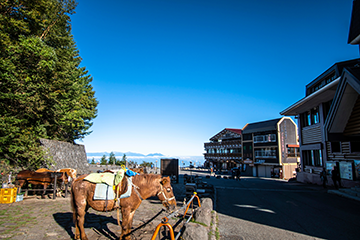
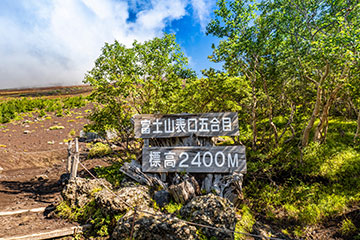
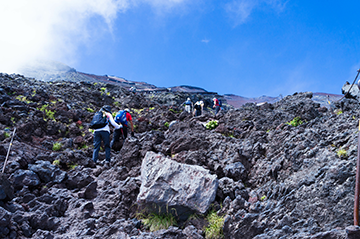
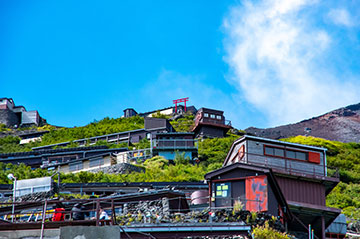
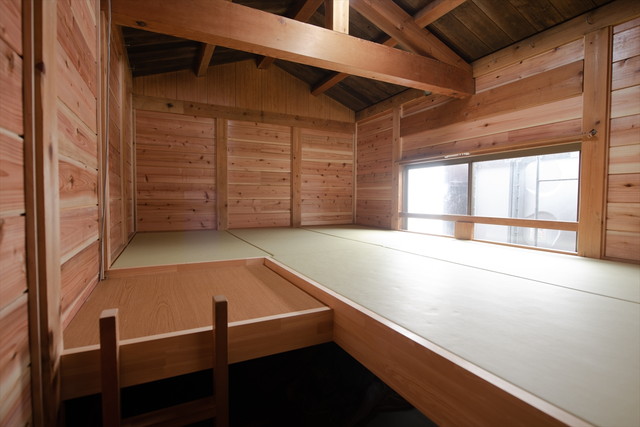
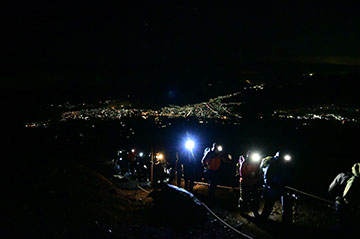
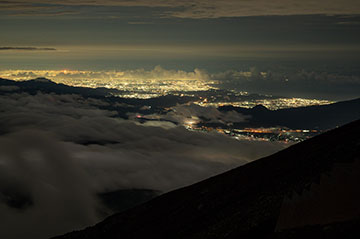
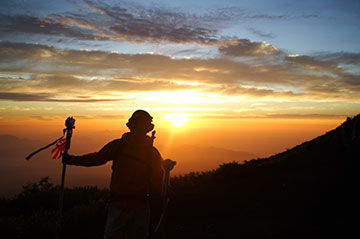
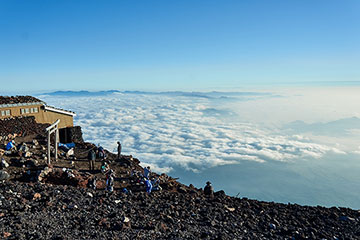

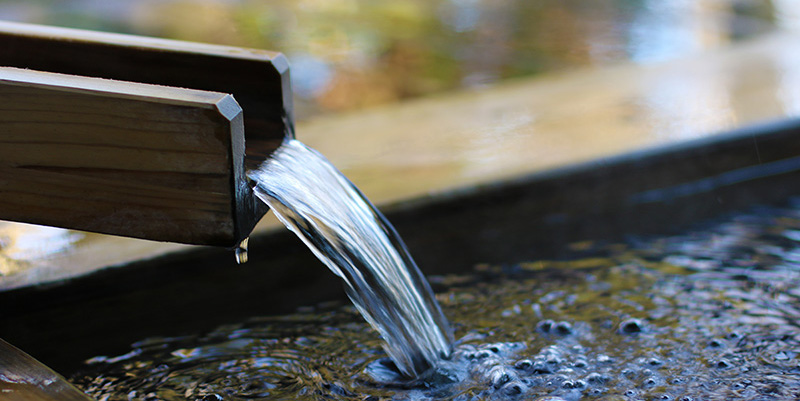
When climbing Mt. Fuji, it is essential to prepare your clothing and belongings in advance!
It is a good idea to separate your backpack for hiking from your regular luggage before you leave. It is best to separate the items in your backpack by type and purpose, and then put everything in a plastic bag (if you only use a backpack cover, the items inside will get wet in the rain). As a guide, a backpack with a capacity of around 30 liters is recommended.
Also check out this (external site)
Official Mt. Fuji climbing website "Equipment required for climbing" (English) →Yes, you can rent mountaineering equipment separately. For more information, please check the details page of each tour.
If you need to quit due to poor health, please inform your mountain guide or tour leader first. You will stay the night at the nearest mountain hut and descend the mountain on your own the next morning (the fee for the nearest mountain hut will be borne by the customer).
Yes, you can purchase them at the mountain hut.
The "Clothing and Items to Bring" section on our website lists what you should bring on the day. The official Mt. Fuji climbing website (an external website) also lists the necessary equipment, so please refer to it.
Yes, there is. Please note that there is a fee to use the toilets, and a tip of about 100 to 300 yen is required. Therefore, it is convenient to have some coins ready.
As a general rule, customers who are high school students or younger must be accompanied by a parent or guardian. Additionally, customers who are elementary school students or younger cannot participate, even if accompanied by a parent or guardian. Customers who are elderly or have concerns about their physical strength should consult a doctor before applying. We may ask you to submit a health questionnaire, medical certificate, consent form, etc. Furthermore, we may refuse your participation if we determine that you are not physically fit.
Yes. This is a group tour aiming to reach the summit.